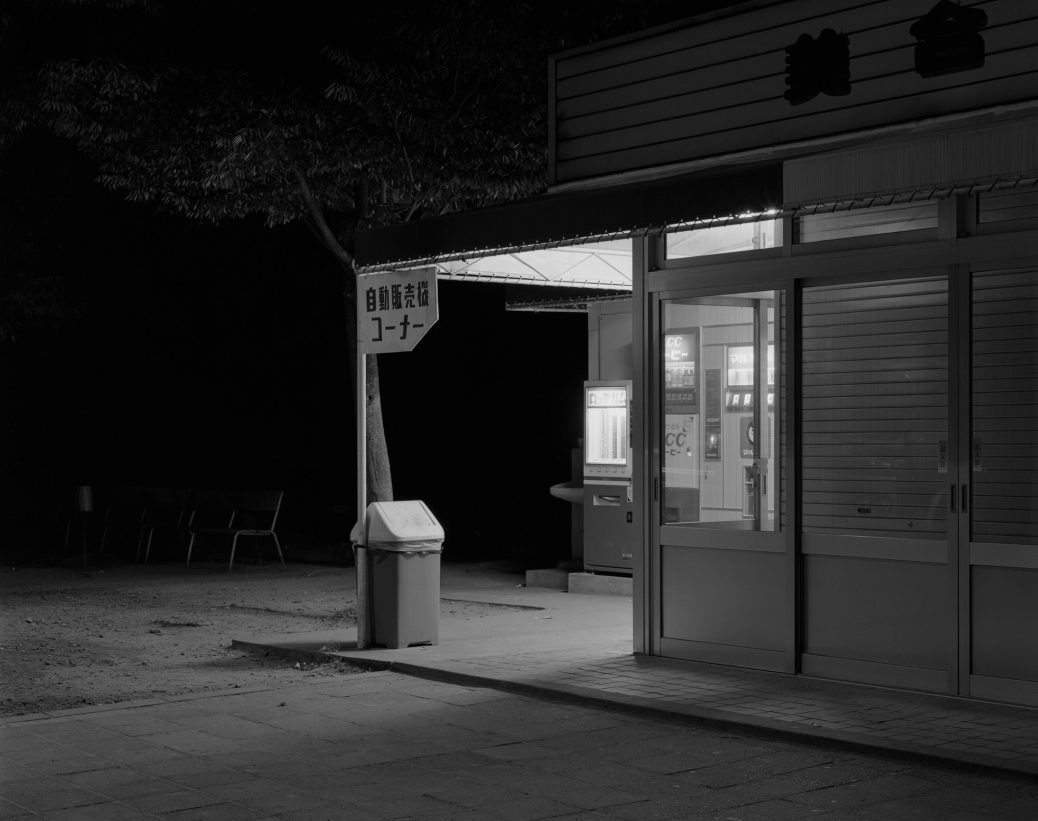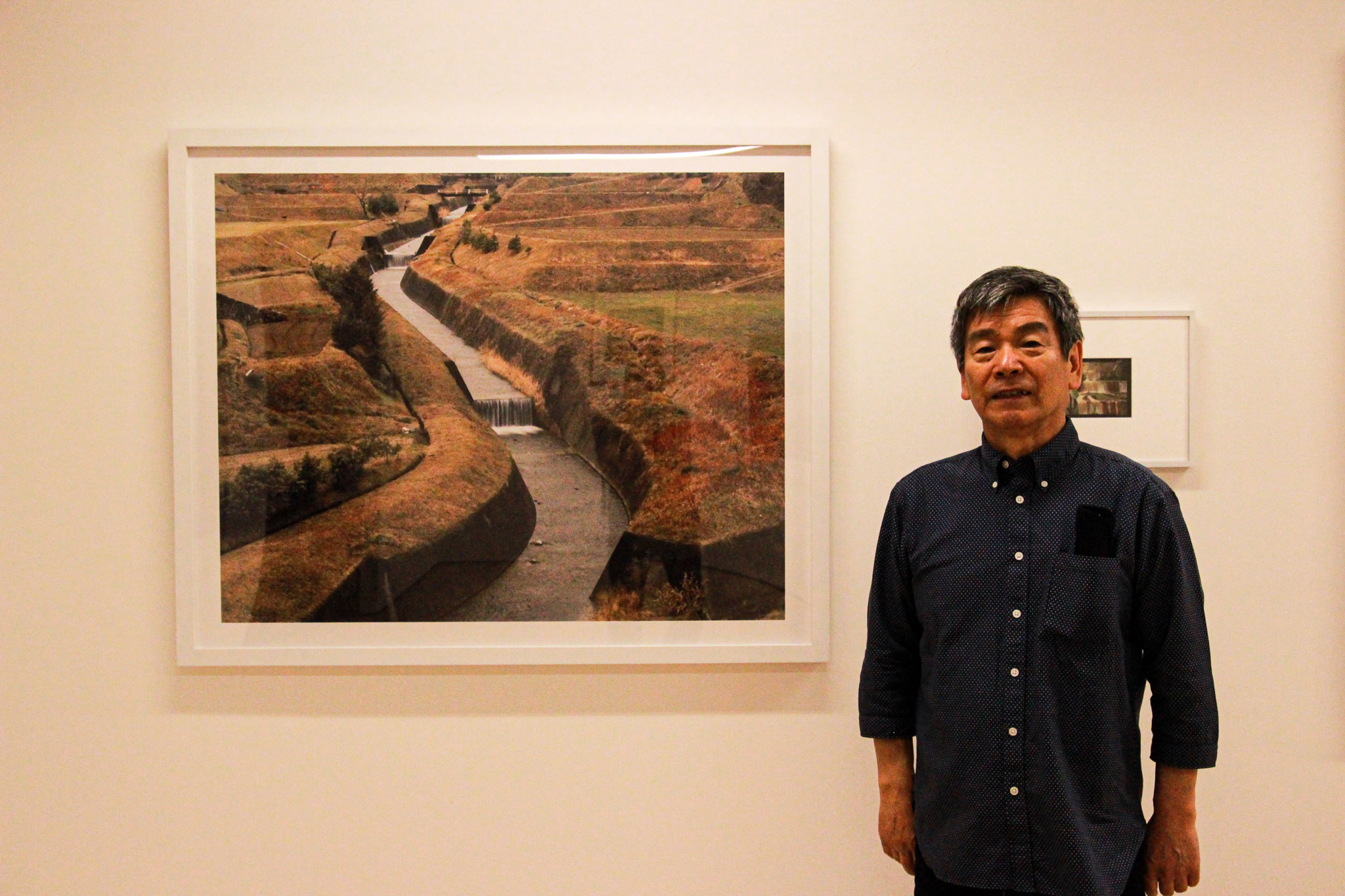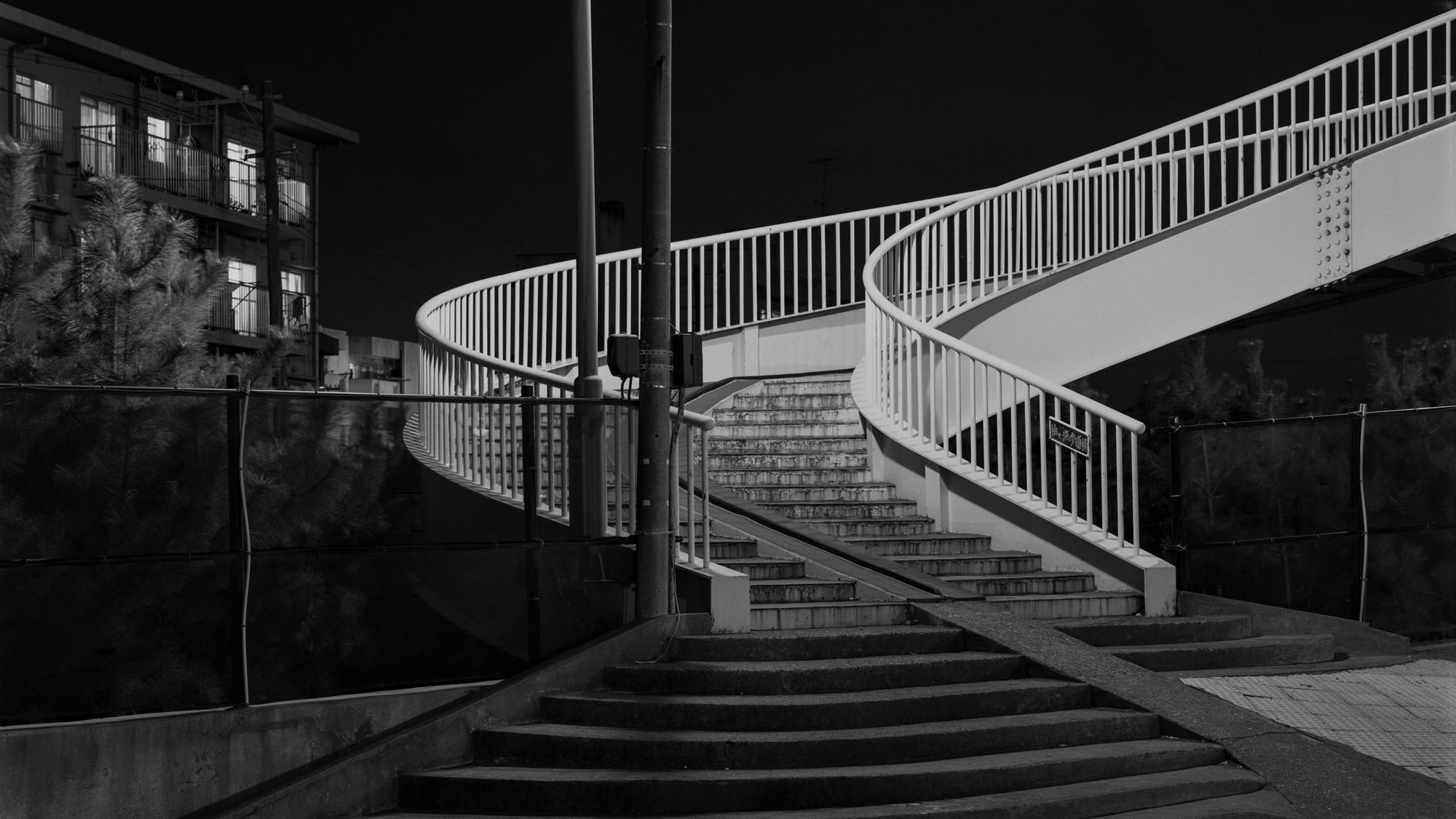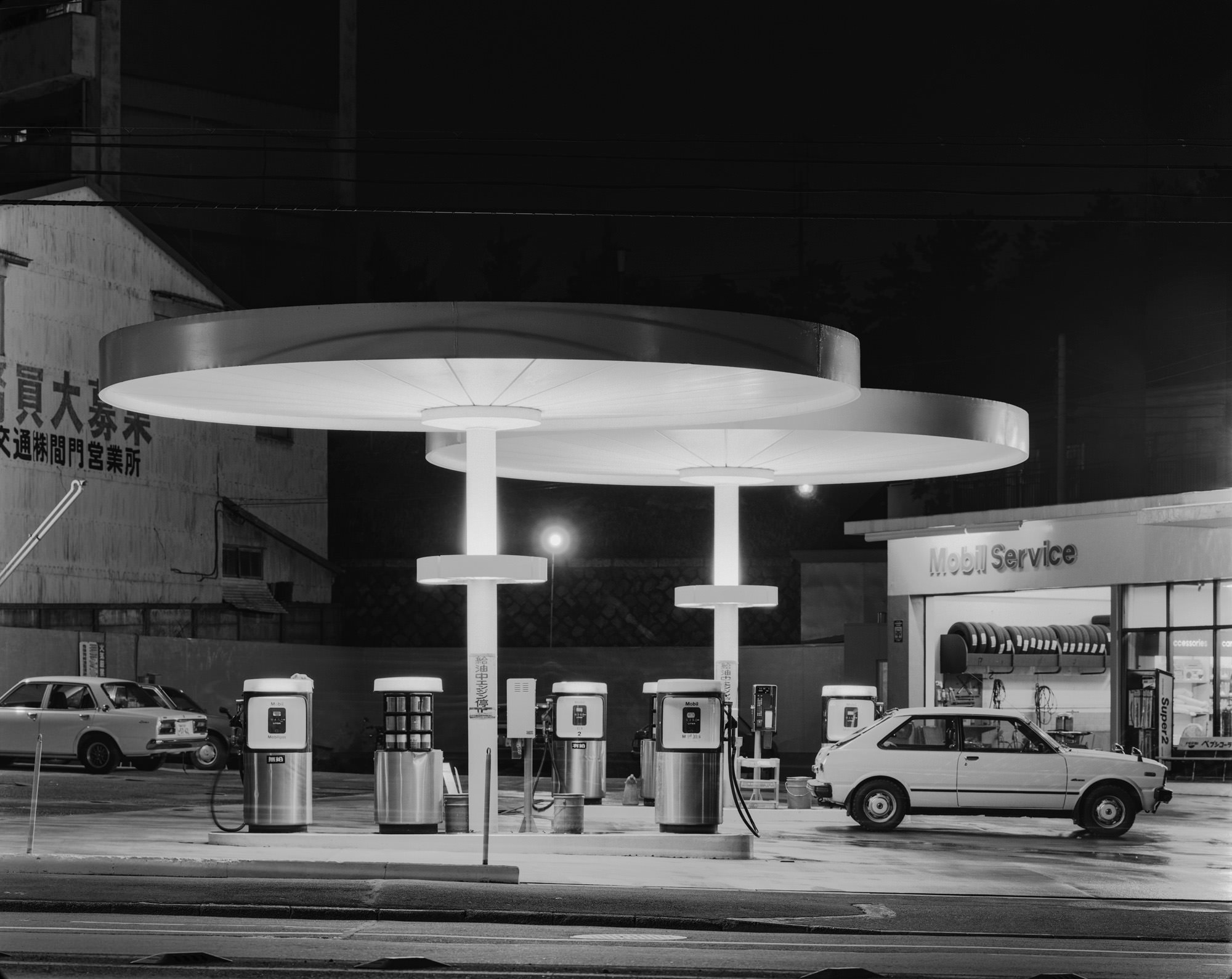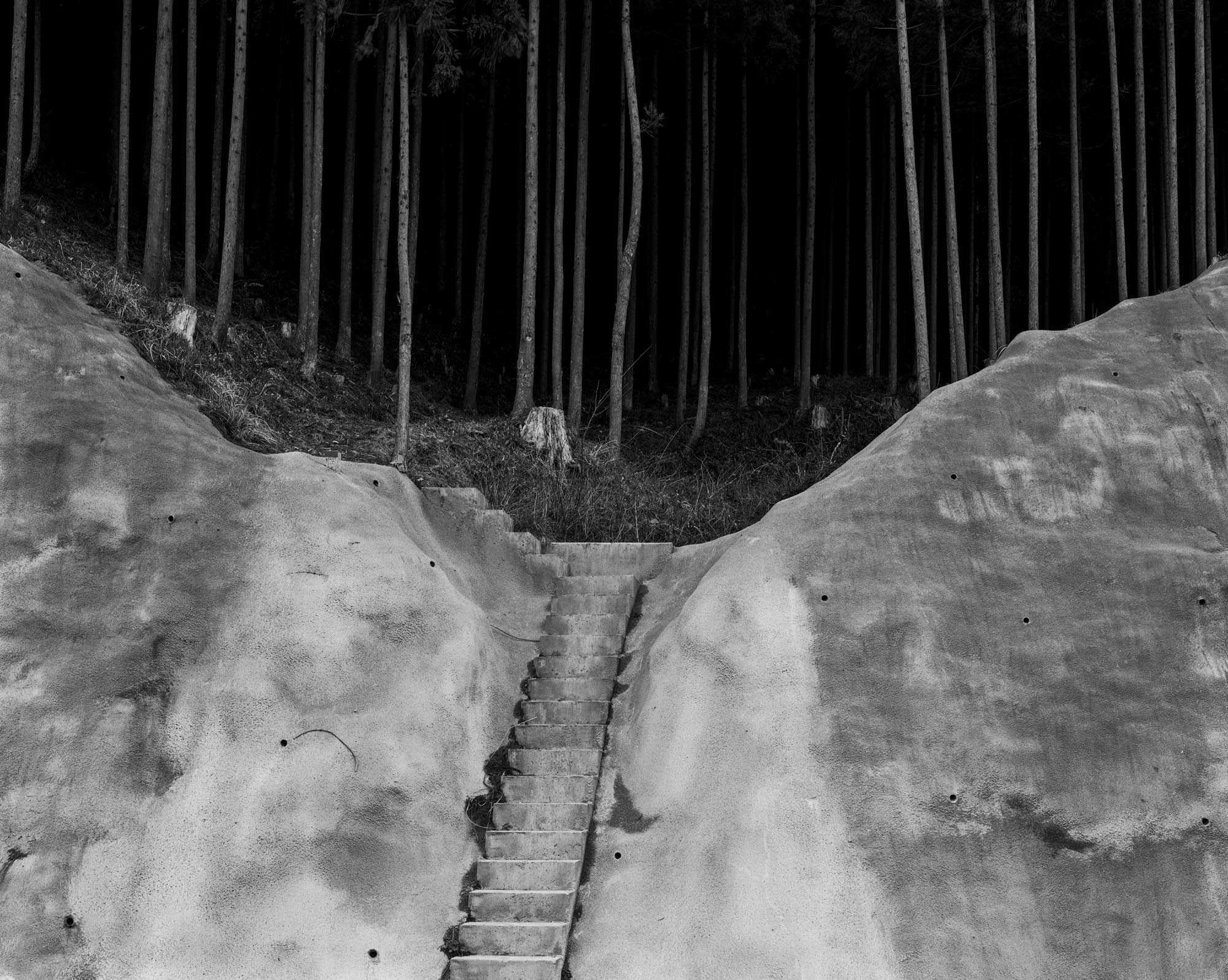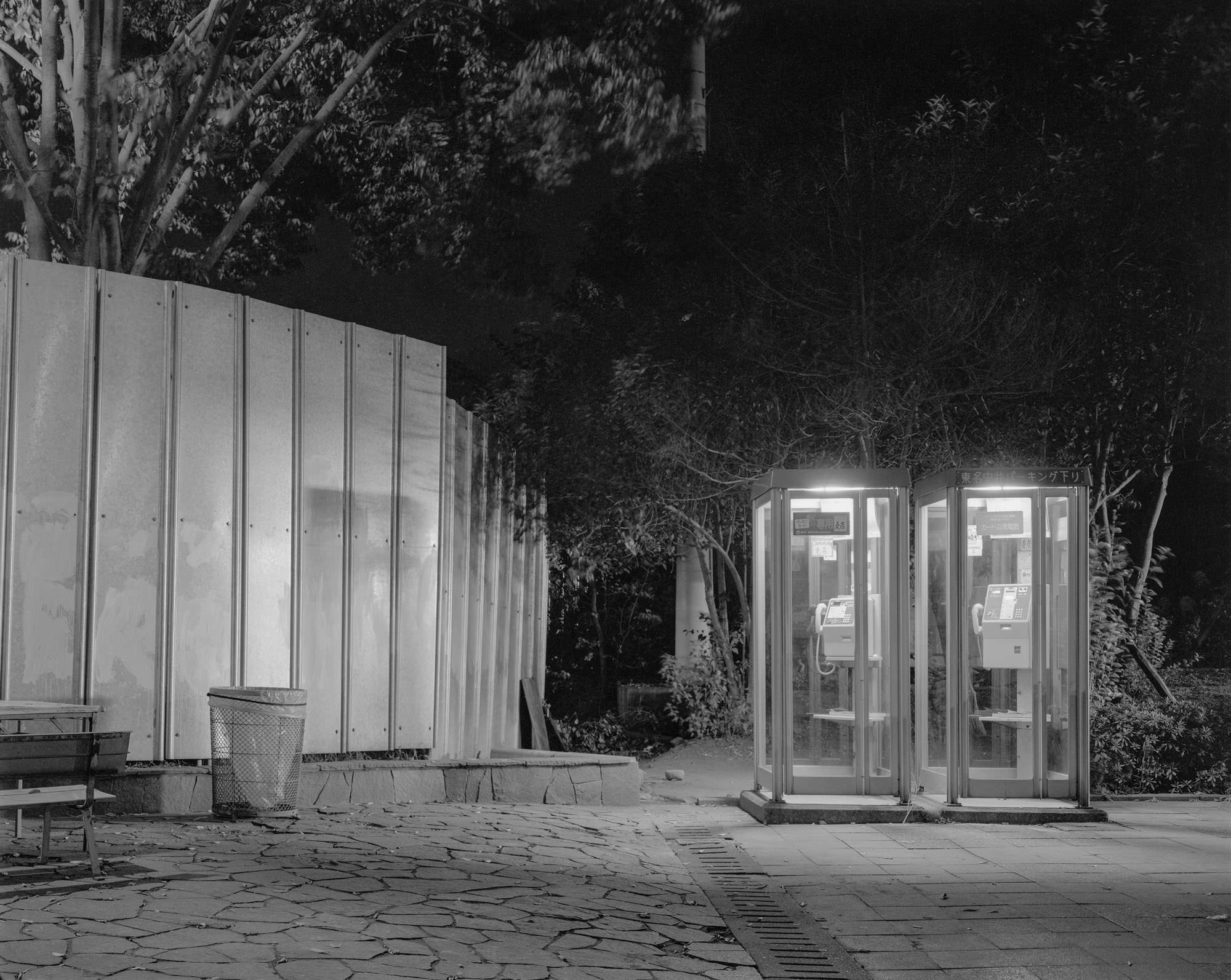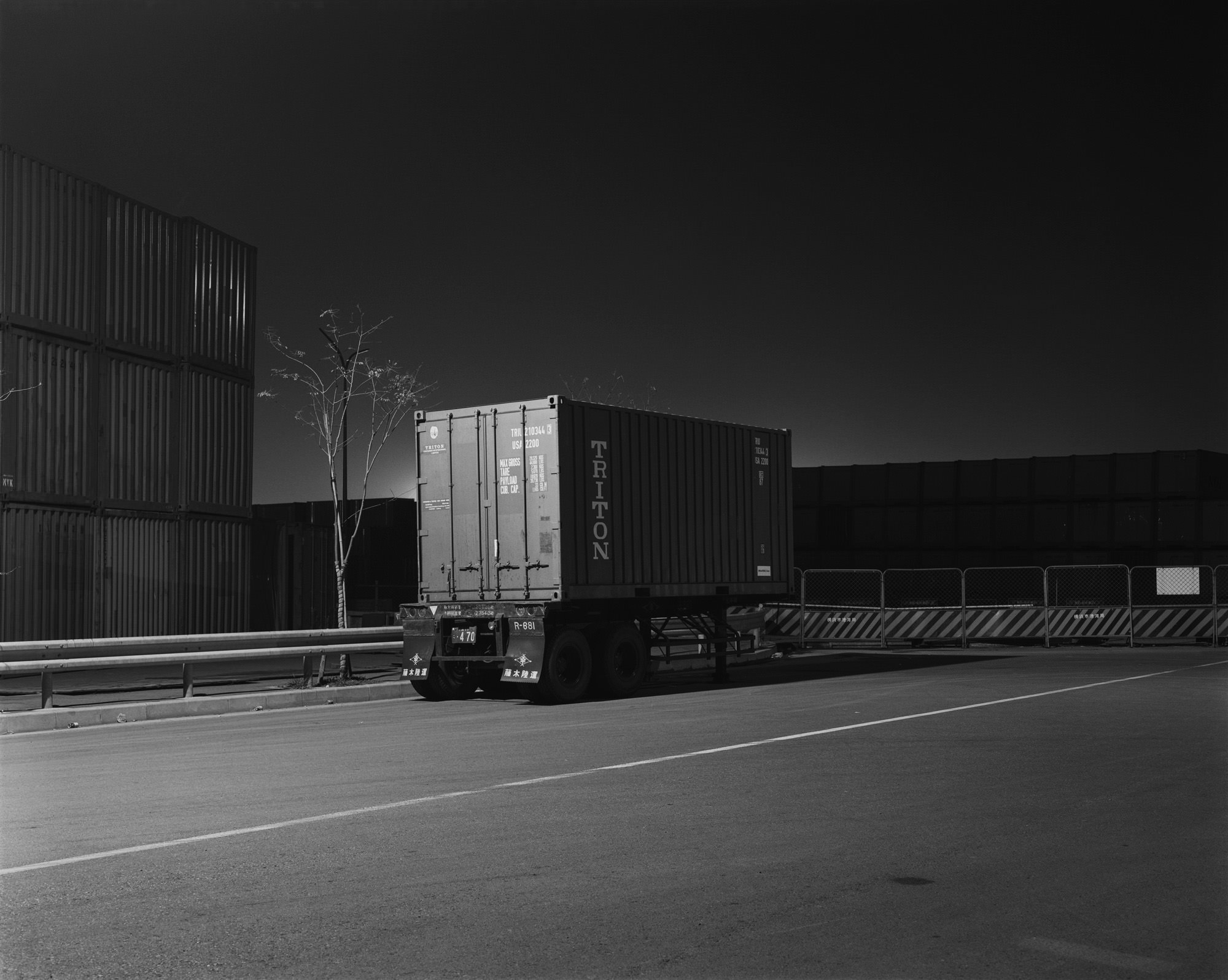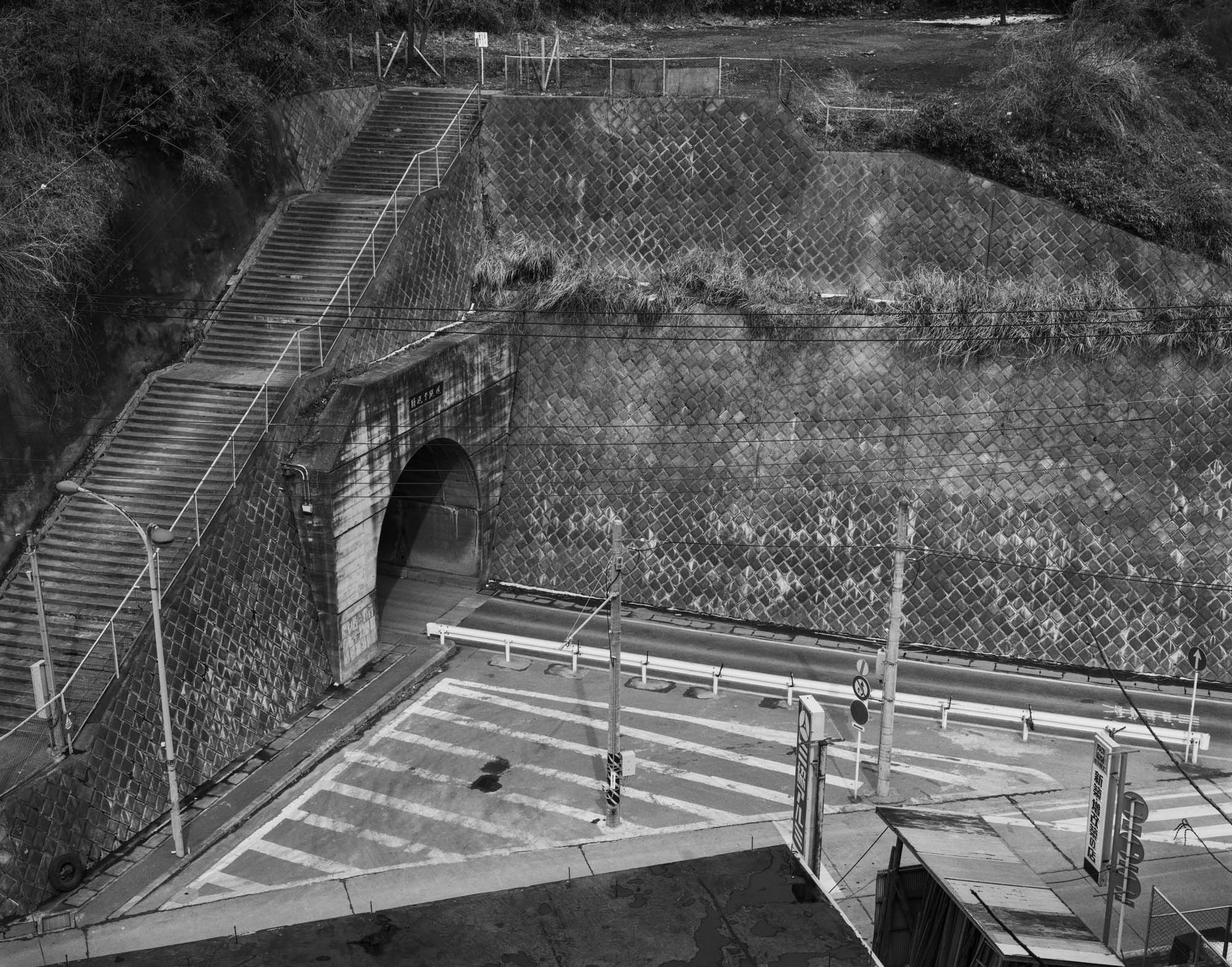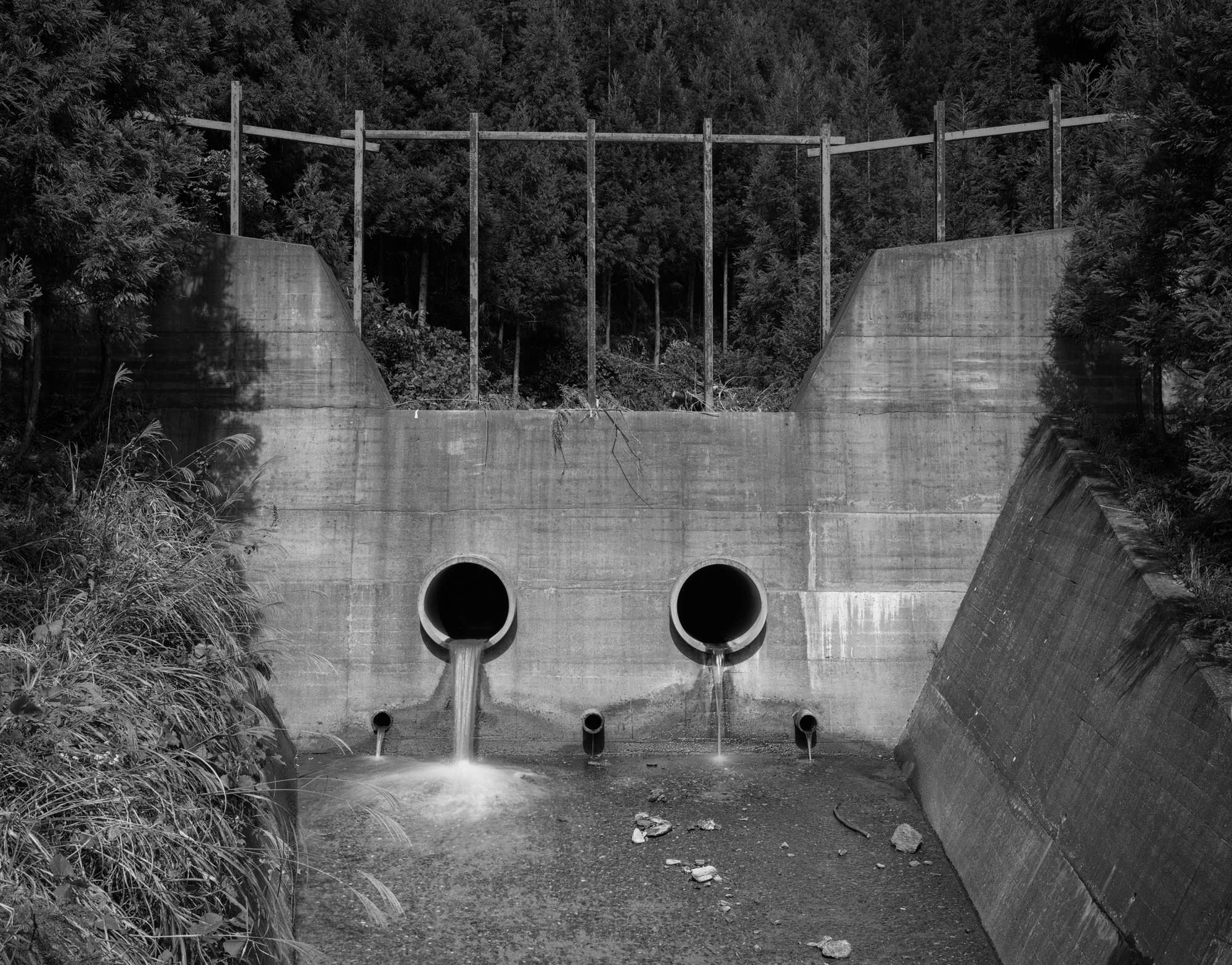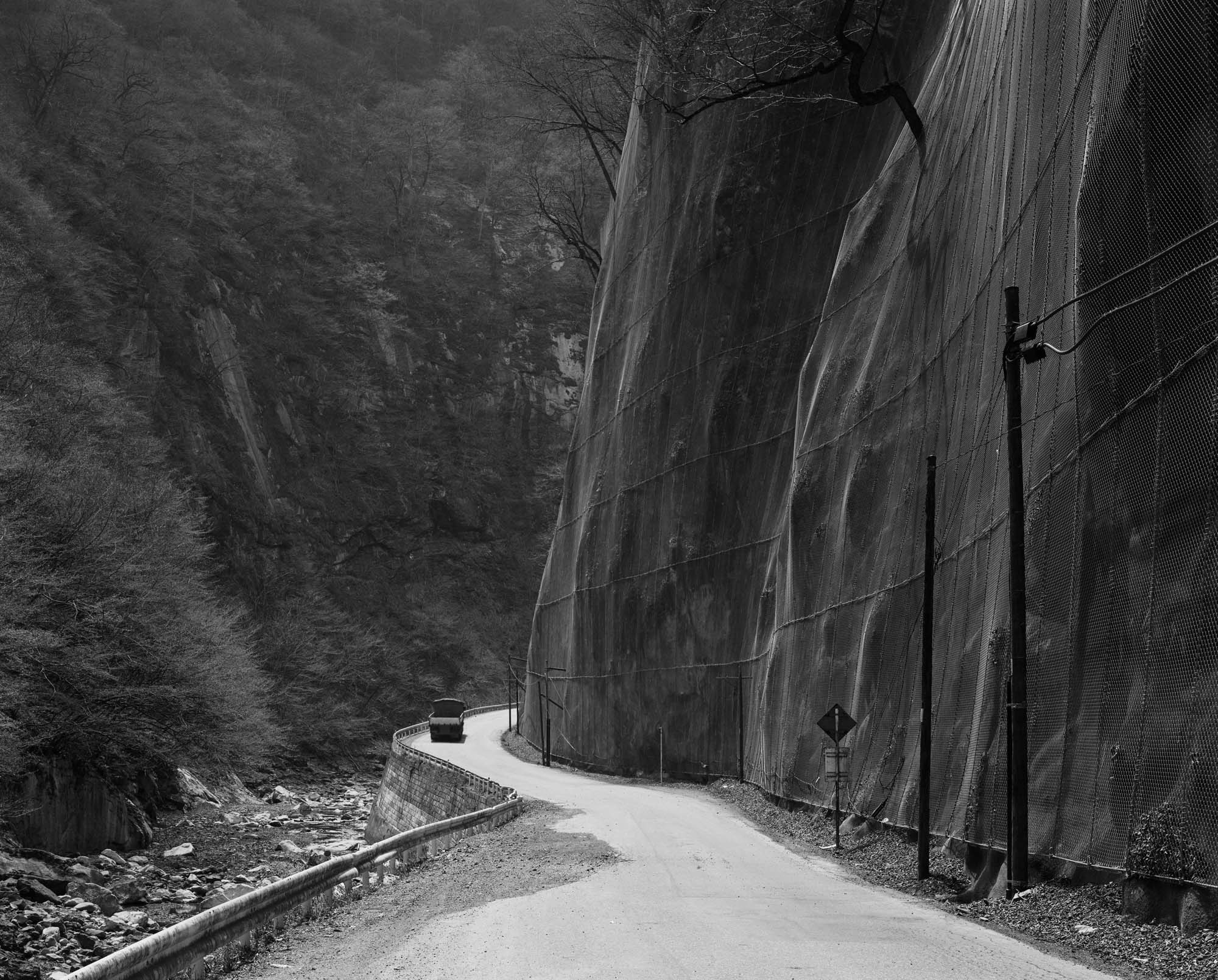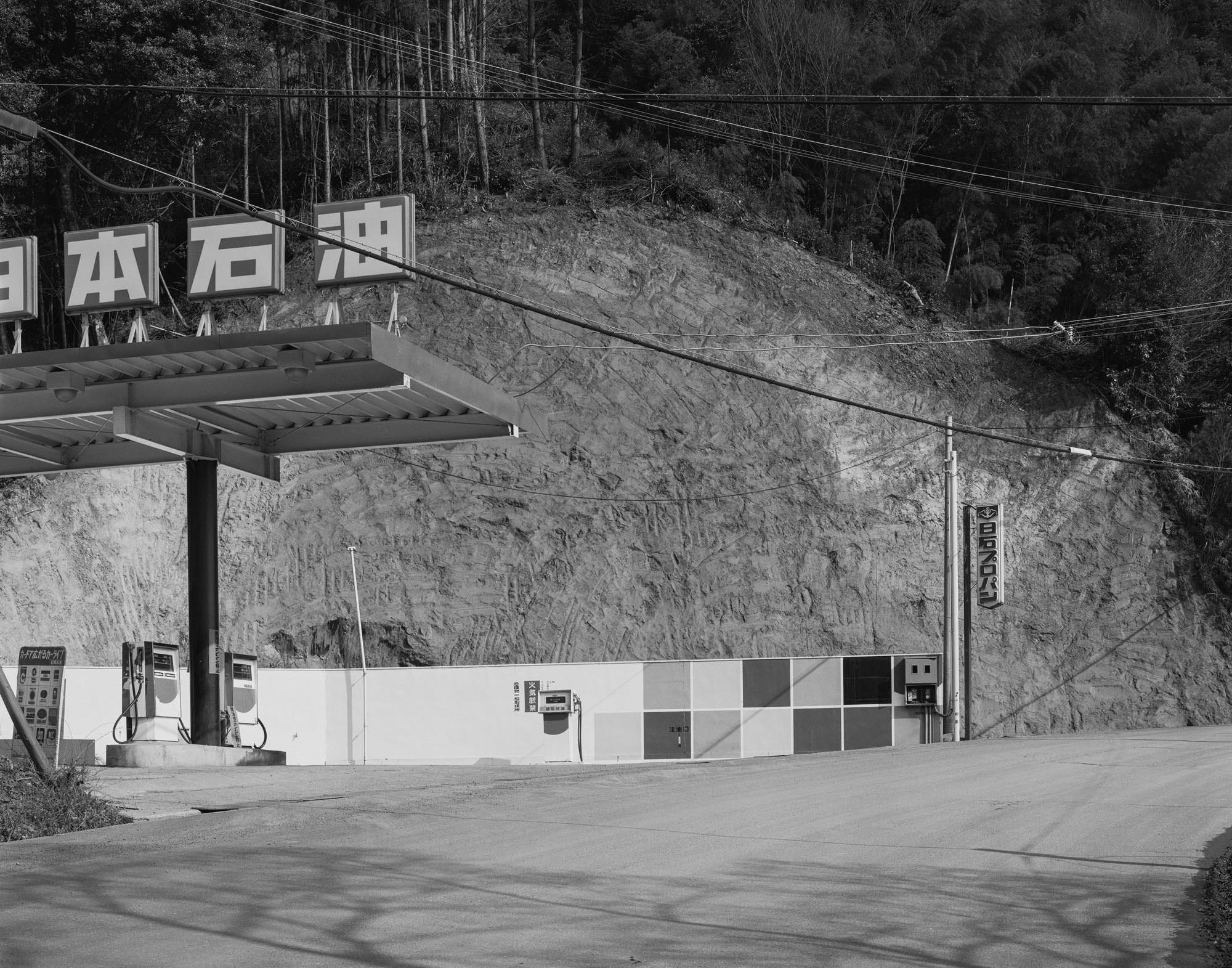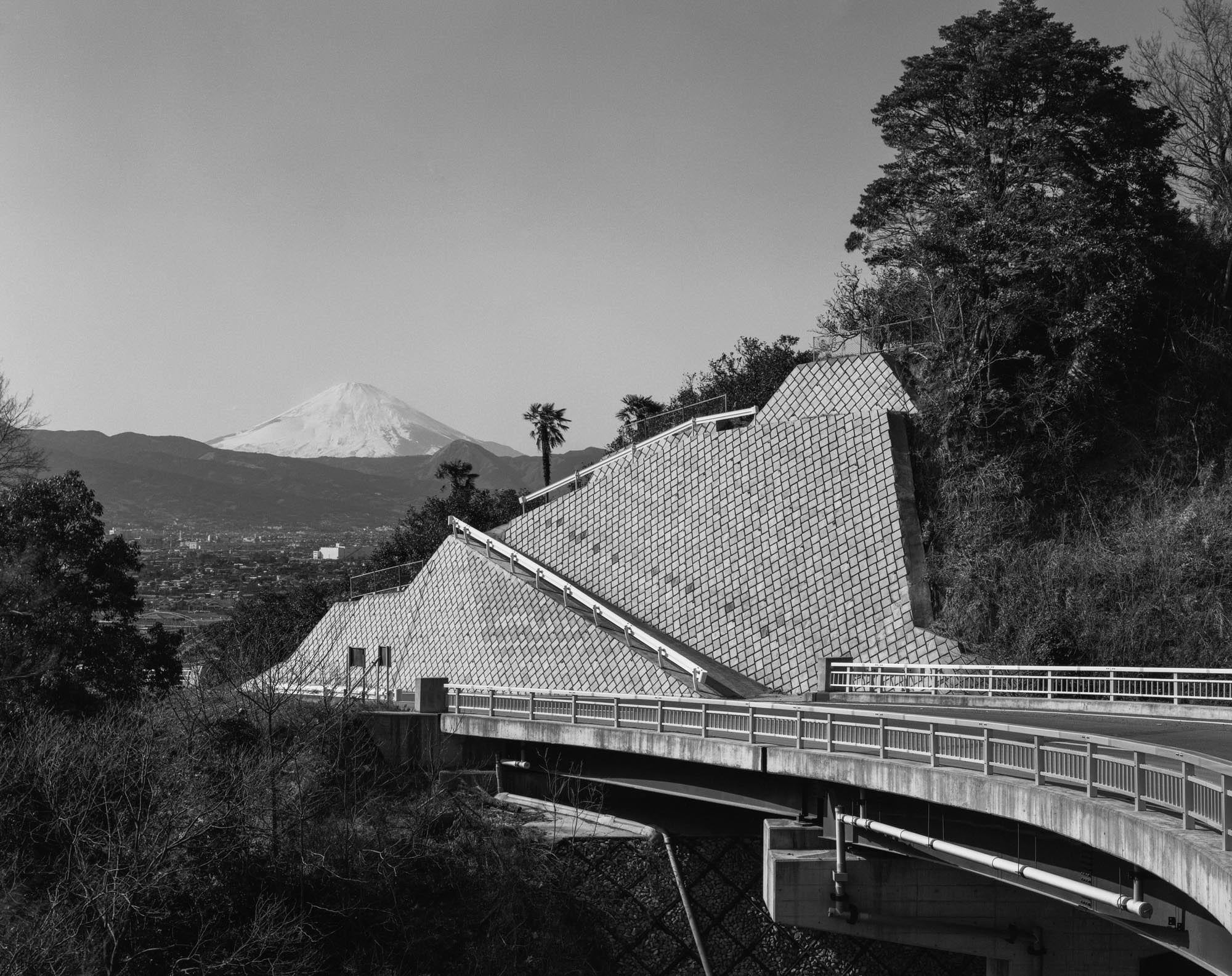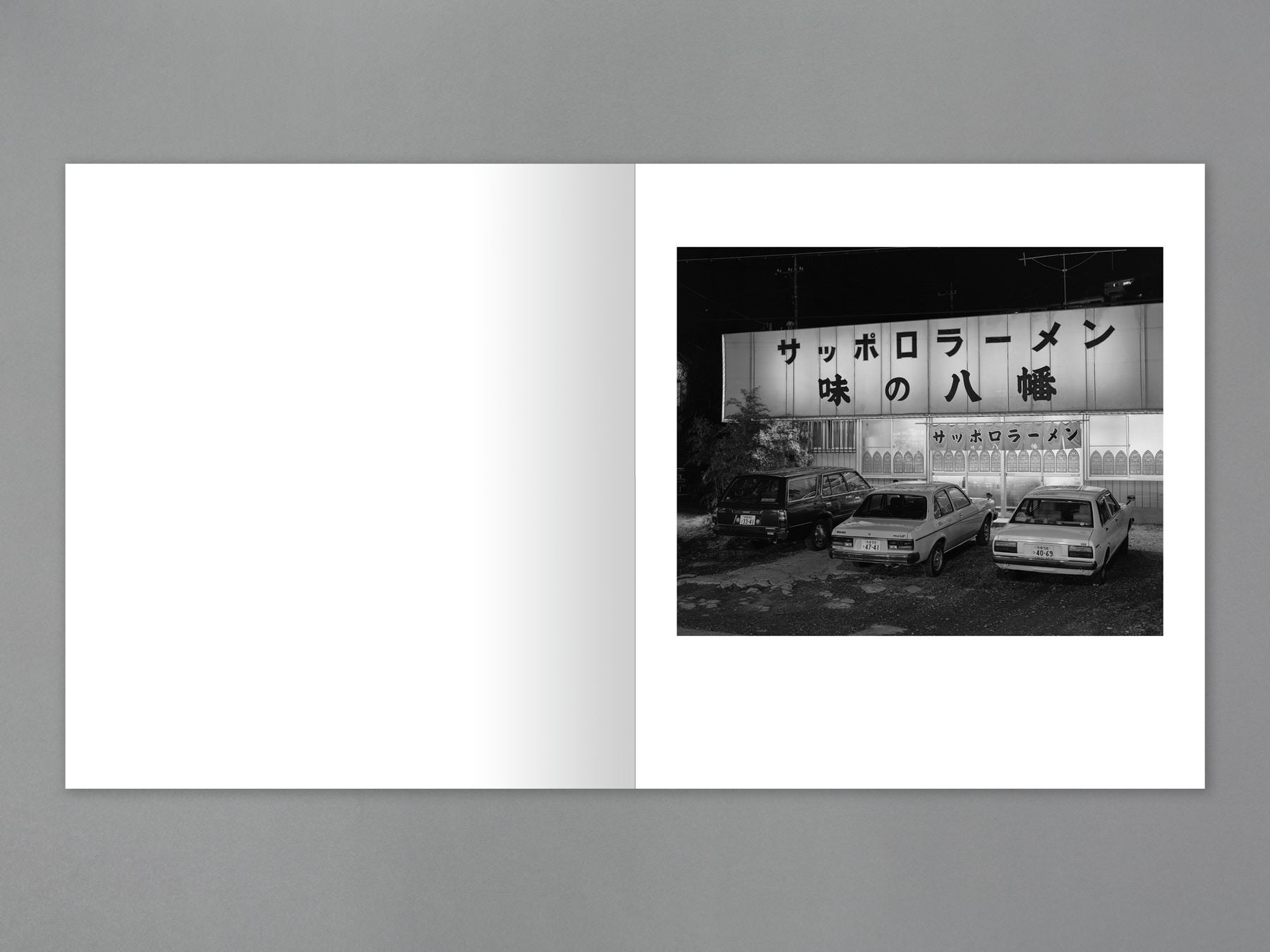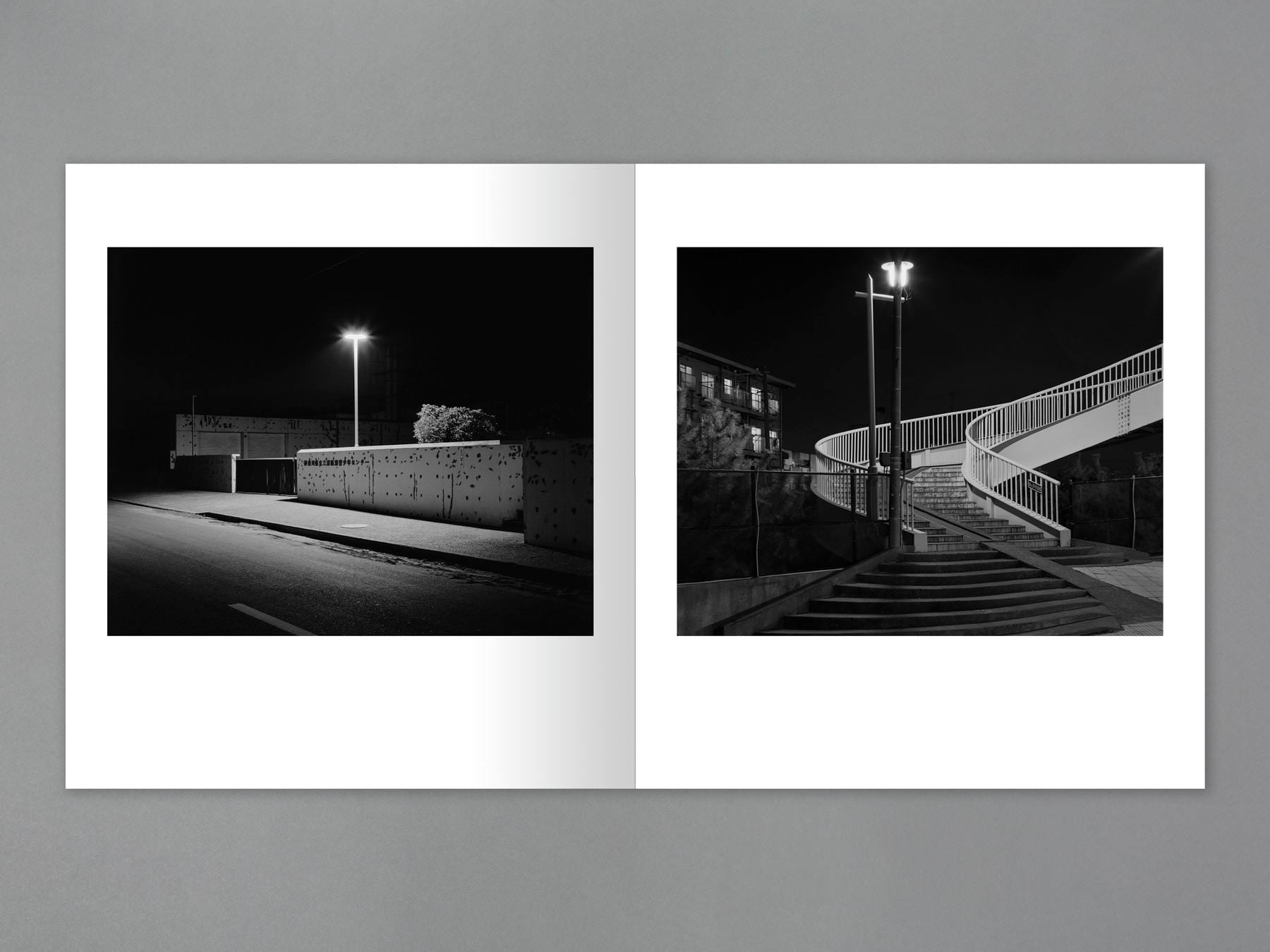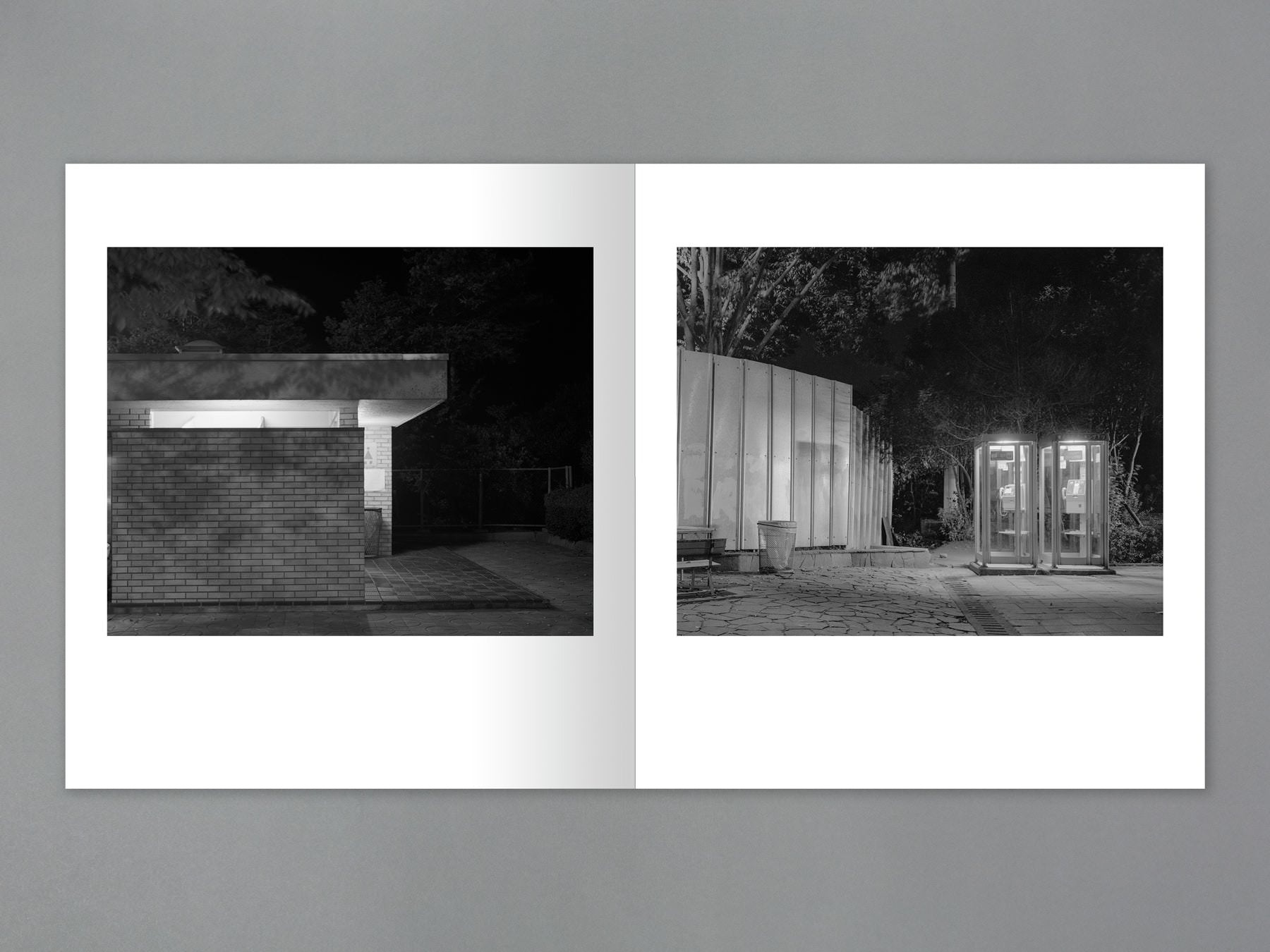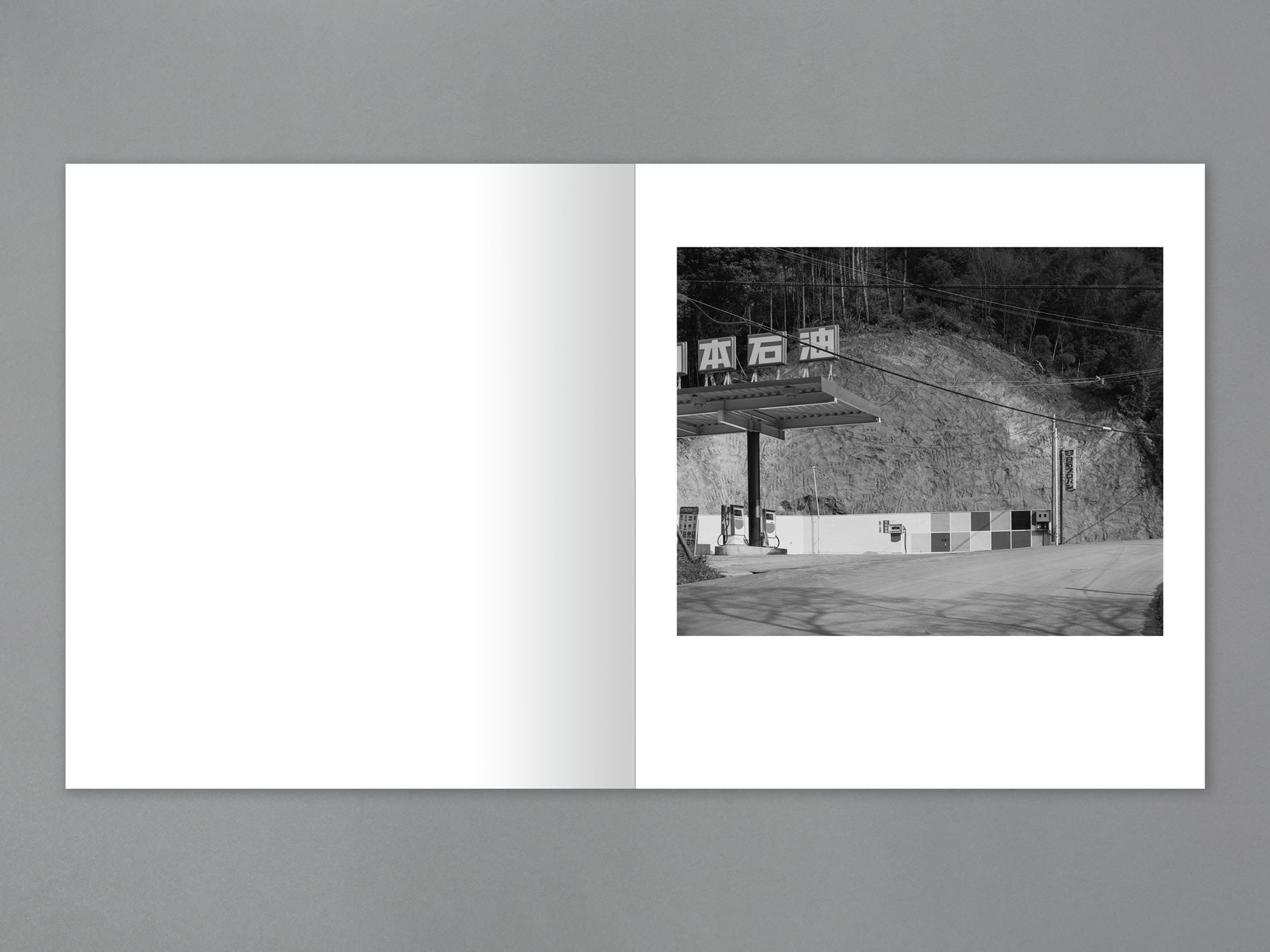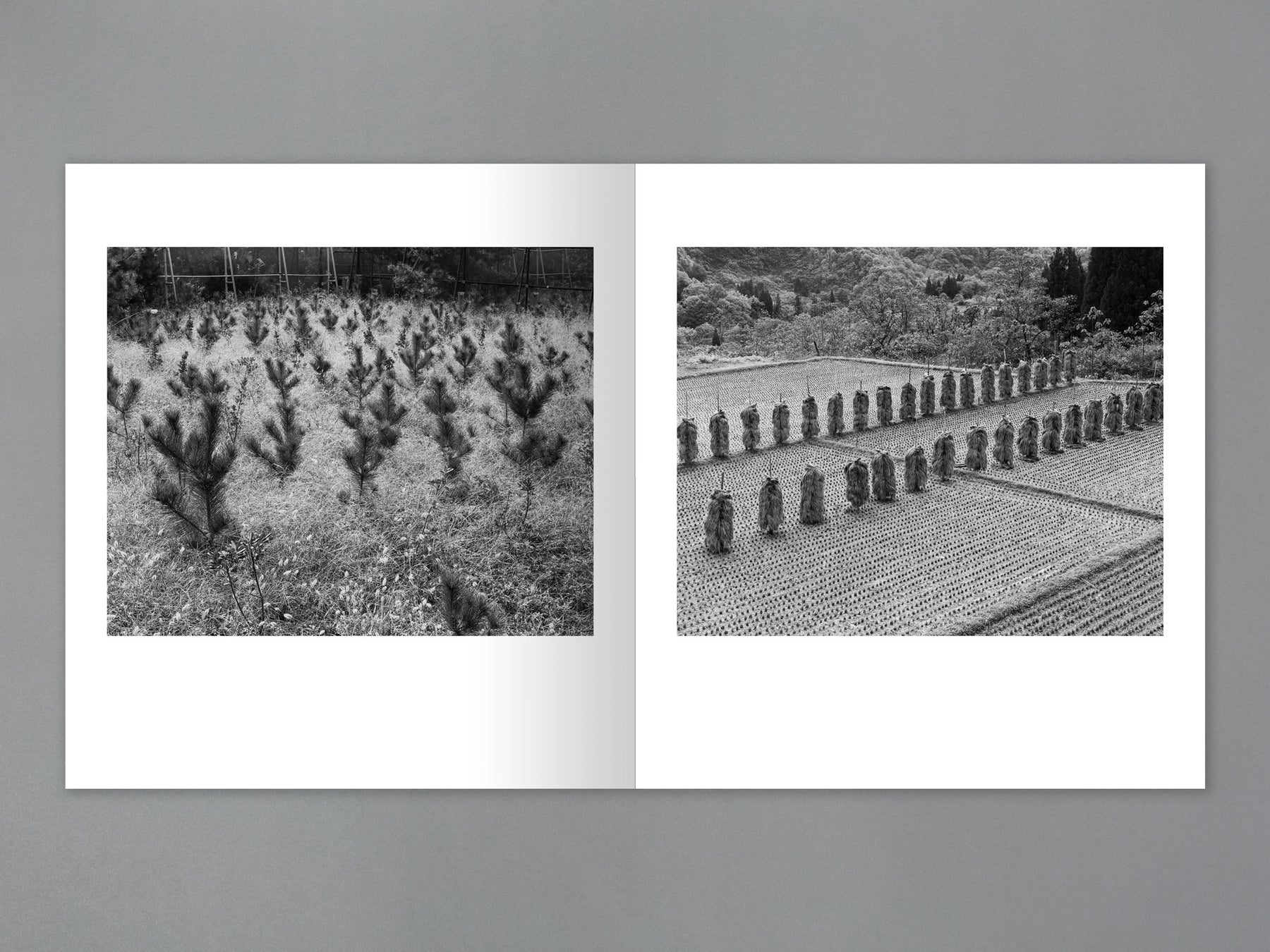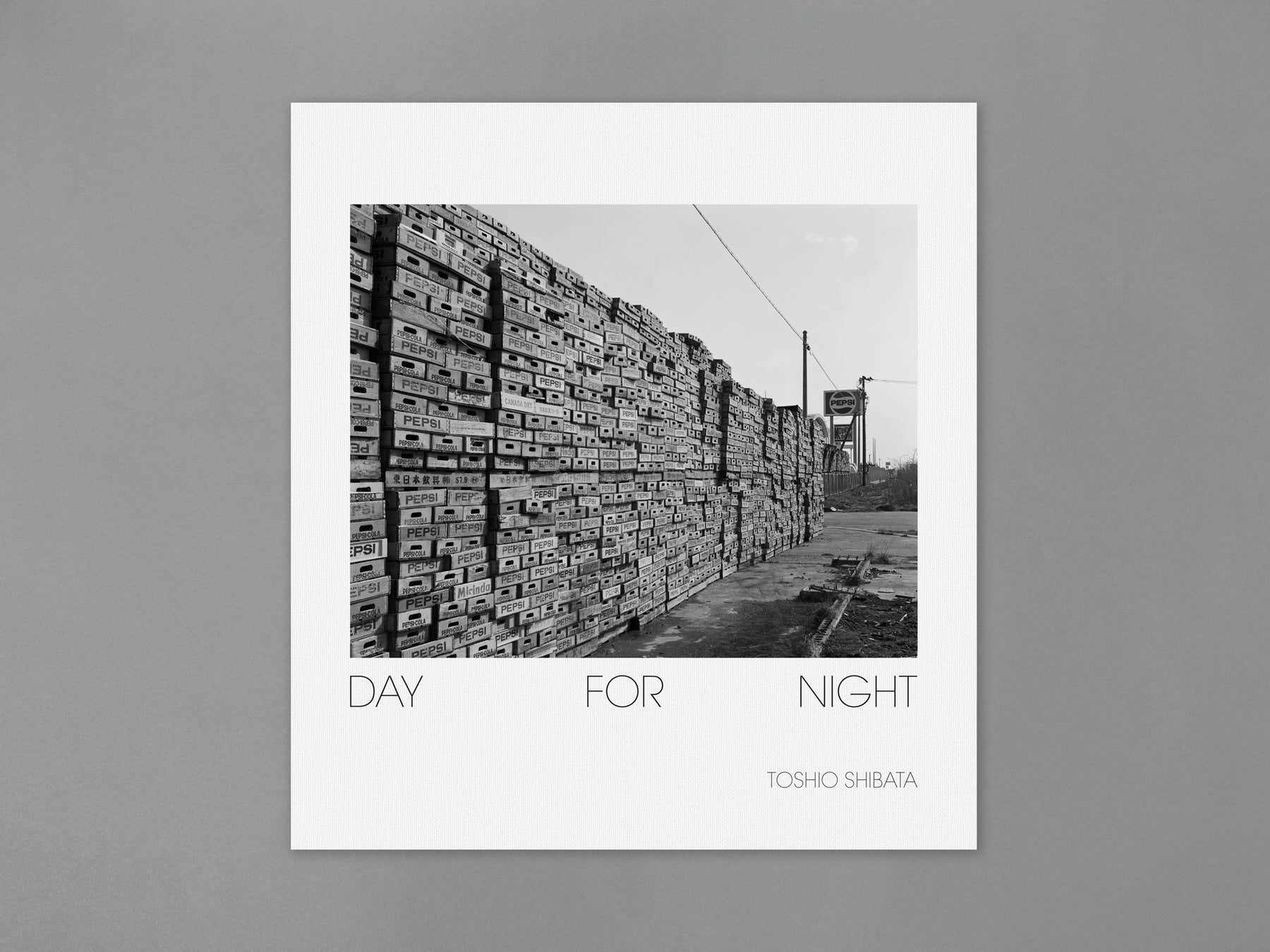Toshio Shibata: Day For Night
Legendary photographer Toshio Shibata’s first monograph with Deadbeat Club is a true collaboration between artist and publisher. “I feel like this is a new interpretation of how I moved my subject from the night to the day,” he says of the book. “It even feels like some kind of destiny.” It’s a welcome fate for Shibata’s numerous admirers and collectors, as these 70 black-and-white photographs were made between 1980 and 1988 and have remained largely unpublished and unseen for some 35 years.
The structural concept is seemingly simple: a progression through a sequence of nighttime photographs into a set of images made in the day, but – as always with Shibata – nothing is as straightforward as it first appears. Intense light sources, both indoor and outdoor, make the nocturnal scenes even stranger than they would be if enveloped in darkness. As for the daylight pictures, heavy masses of constructed earth and stone serve to ground us in a world that is anything but bright and airy. And in the pivot between day and night lies a foreboding tunnel that subsumes both the luminous and the murky.
As the title Day For Night implies, it is in Shibata’s camera that light and darkness swap roles. “The title gives another layer to the book,” he says. “I knew that technique since my childhood through watching ‘Rawhide’ on TV but until now I’d never seen my own work with such an eye.” The result is a book that confounds expectations, not only for its viewers, but even for its maker.
Shibata’s work can be found in the permanent collections of museums worldwide, including The Museum of Modern Art, New York; Metropolitan Museum of Art, New York; Los Angeles County Museum of Art; J. Paul Getty Museum, Los Angeles; San Francisco Museum of Modern Art; Victoria and Albert Museum; London; La Maison de la Photo Europeenne, Paris; Tokyo Metropolitan Museum of Art; and The National Museum of Modern Art, Tokyo.
About the Author
Toshio Shibata (born 1949) is a Japanese photographer known for his large-format photographs of large-scale works of civil engineering in unpopulated landscapes.
He embarked on his artistic journey as a painter, specializing in oil painting at the Tokyo National University of Fine Arts and Music. In 1975, he ventured beyond Japan and pursued further studies at the Royal Academy in Ghent, Belgium, immersing himself in the realms of painting and print-making. It was during his time in Europe that Shibata’s fascination with photography began to take shape.
Upon returning to Japan, he embarked on a quest to find his photographic muse. Initially, he directed his large-format camera towards nocturnal gas stations, but over time, his focus gradually shifted towards the mesmerizing landscapes of Japan. In 1983, Shibata initiated “The Quintessence of Japan” series, capturing landscapes from across the country where human-made structures intersect with the natural environment.
In 1992, he was honored with the Kimura Ihee Award, recognizing his outstanding contributions to photography. In 1995, Chicago’s Museum of Contemporary Art commissioned Shibata for a project to photograph the United States, which resulted in his breathtaking Grand Coulée Dam photographs. In recent years, Shibata has ventured into the realm of color photography, adding a new dimension to his landscape works. In 2008, his collection of color photography, “Landscape 2,” was published by Nazraeli Press.
In 2009, the Tokyo Metropolitan Museum of Photography organized a retrospective exhibition titled “Landscape,” showcasing Shibata’s body of work. The exhibition provided a comprehensive overview of his artistic journey and accomplishments in the field of photography.

